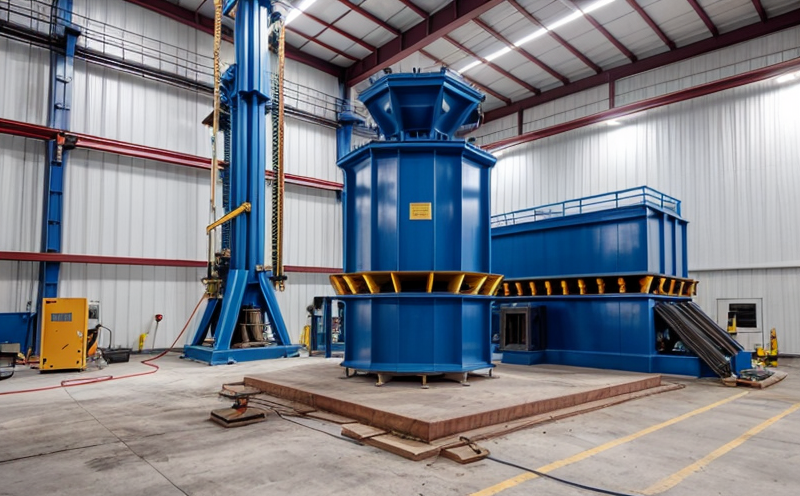ASTM E1781 Modal Testing of Building Structures
The ASTM E1781 standard provides a comprehensive approach to modal testing of building structures, which is essential for understanding the dynamic behavior and structural integrity under varying conditions. This testing method helps in assessing the natural frequencies, mode shapes, damping ratios, and other vibration characteristics that are critical for ensuring safety and performance.
Modal testing is particularly important for structures subjected to environmental loads such as wind, earthquakes, or mechanical forces generated by equipment within the building. The test involves exciting the structure through controlled impacts or vibrations at specific points and measuring the resulting responses using accelerometers placed strategically on the structure. This process allows engineers to determine how various parts of the structure behave under dynamic loading.
The ASTM E1781 methodology ensures that all components of a building are tested comprehensively, including walls, floors, columns, beams, and other major structural elements. By identifying potential vulnerabilities early in the design phase or during maintenance cycles, this testing helps prevent costly repairs down the line and enhances overall safety.
For quality managers and compliance officers responsible for ensuring adherence to industry standards like ASTM E1781, understanding these tests can lead to better decision-making regarding material selection, construction techniques, and ongoing inspections. Engineers involved in research and development (R&D) projects may also benefit from knowing about such testing methods as they work towards improving building designs that meet both performance expectations and regulatory requirements.
- Excitation points are critical for accurate data collection; strategic placement ensures thorough coverage without overloading the structure.
- Data analysis software plays a crucial role in interpreting raw measurement signals into meaningful insights about structural behavior.
Customer Impact and Satisfaction
The implementation of ASTM E1781 modal testing has a significant positive impact on customer satisfaction by enhancing product quality and reliability. Compliance with this standard not only meets regulatory requirements but also builds trust among clients who value safety and dependability in their buildings.
- Increased confidence in the performance capabilities of structures leading to higher client satisfaction levels.
- Better risk management practices which reduce the likelihood of unexpected failures or accidents.
Environmental and Sustainability Contributions
By ensuring that buildings are designed and constructed according to ASTM E1781 guidelines, we contribute positively towards environmental sustainability. Efficient structures designed with modal testing in mind use resources more effectively while maintaining high levels of safety and comfort.





